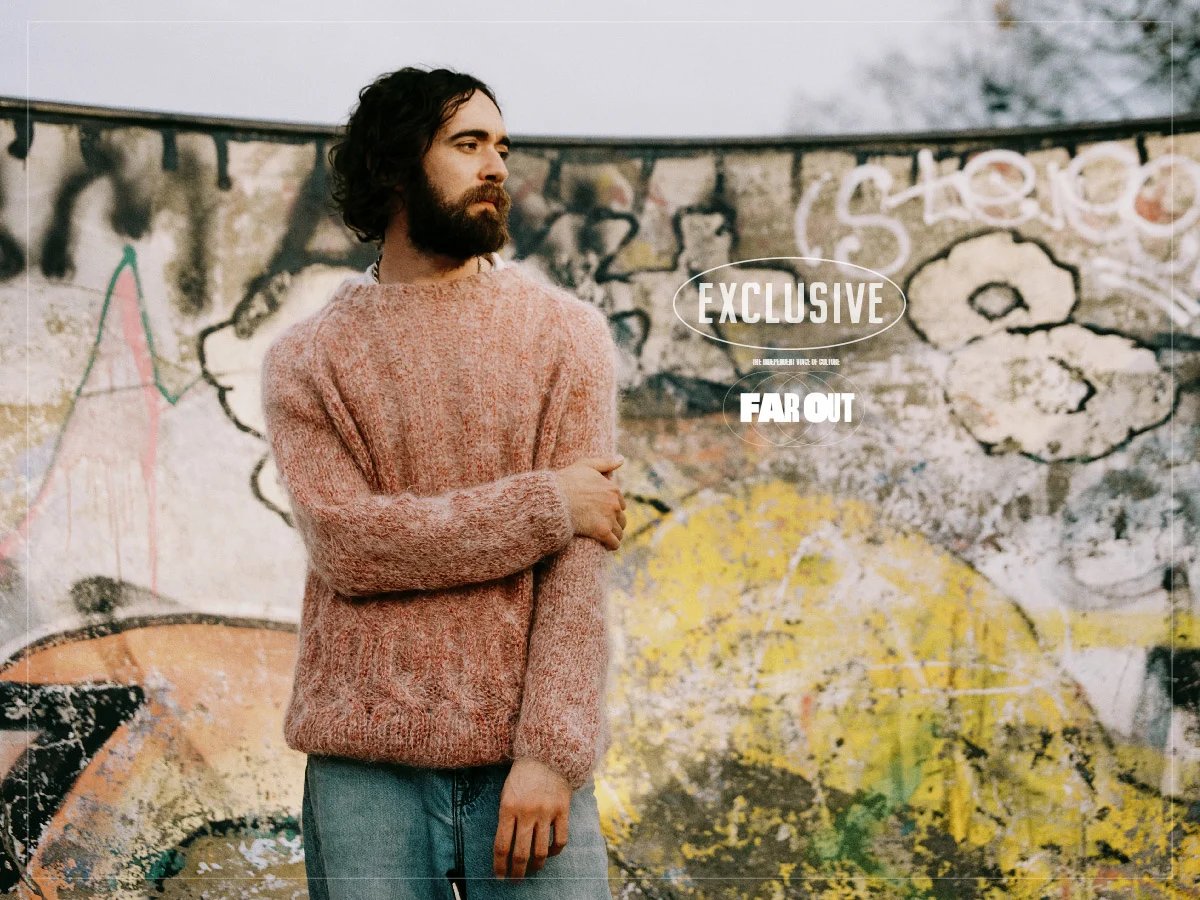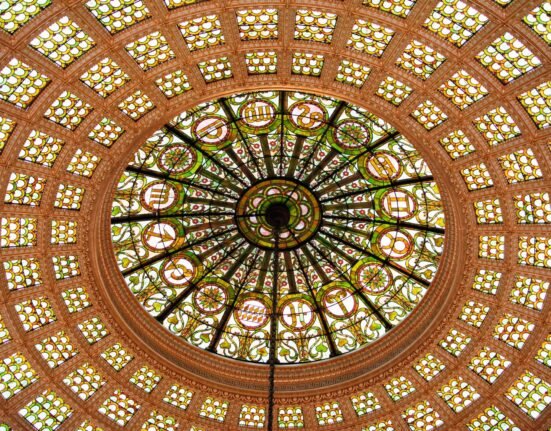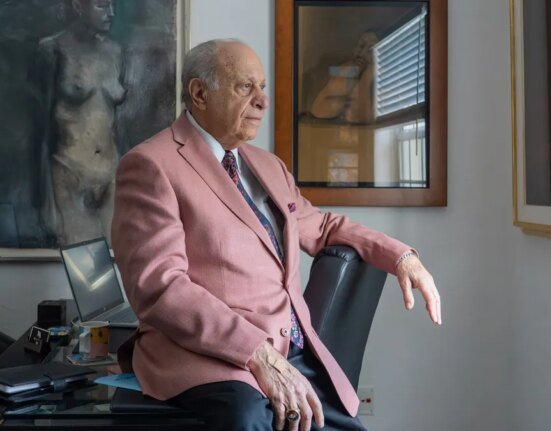
(Credits: Far Out / Ele Marchant)
Keaton Henson has always been a dynamic artist. Throughout his career, he’s been a classic composer, an indie darling, a master of ambience, and that’s only the surface. Beyond that, he’s also been a poet, an illustrator and a designer of both his album covers and others.
It’s no wonder that Henson is so passionate about album artwork, given that it used to be his job. Before making his debut with Dear and earning a true cult following, he designed artwork for the likes of Enter Shikari, doing their Take to the Skies cover, or designed merch for Bring Me The Horizon’s Oli Sykes.
It’s always been a part of his brain; there is no dividing line between sounds and visuals. Take, for example, the infamous interview he did with The Line Of Best Fit, where the man only replied with illustrations. In his eyes, his art and his music exist together.
For the most part, that’s how it has always been. With the exception of House Party, where Henson was purposefully and fully stepping out of his typical patterns around releasing music, every one of his albums has been designed by him.
That doesn’t mean they’re all the same, though. The cover for Dear is likely most recognisable as Henson’s illustration style, while Birthdays and Monument show his love for ceramics. Romantic Works is a much more classical artwork. Kindly Now merges forms together, while his most recent release, Parader, is a scattering of painted images making a scene that Henson sees as comforting or cosy, though he was told by others it was a little creepy.
“I just felt like this album was bright red and collagey, and sort of naive,” he explained of his newest artwork, referencing the album’s sonic influences as he added, “I also kind of wanted to do something that could potentially a like a 2000 emo record cover.”

“I think the act of trying to figure out what a sound looks like is one of my favourite things to do,” Henson said, as that passion from his prior career endures and has always been a vital part of his music. “While I’m writing the song, I’m already going, like, I feel like this is like this, getting abstract shapes in my head,” he explained, piecing together the packaging before the product is even done.
But to him, an album isn’t done until it’s fully wrapped. Painting the image and packaging it up is as much a part of it as recording the actual music, as he said, “The actual songwriting process is cathartic, but I don’t think I feel fully the act of purging has actually sort of taken place until I’ve wrapped it up in stuff.”
As his work almost always deals in heavy personal emotions, Henson never feels like the process is finished until there’s a kind of visual bow on top to make it all make sense. “When I’m dealing with a thing that I don’t really even want to think about or talk about quite often, I write about it, and I make it sound nice so it’s not a painful spiky thing in my head. It’s now something that sounds nice, and that softens it for me, emotionally,” he said, and that’s step one. “But then then the act of trying to figure out what it looks like, it feels like wrapping it in beautiful paper, and then I give it away.”
He’s never ready to do that final giving away until it’s wrapped and ready. It makes it manageable, but it also makes it beautiful and essential. Now handling this precious package complete of thoughts he initially didn’t even want to confront, Henson’s care for the visual world is like a further tending to those emotions, making them into something beautiful and something he sees as worthy.
It’s as important to him as any other step, even asking himself the question – “Write the song, soften the thought, wrap it – Where is the catharsis for me?”
Related Topics







